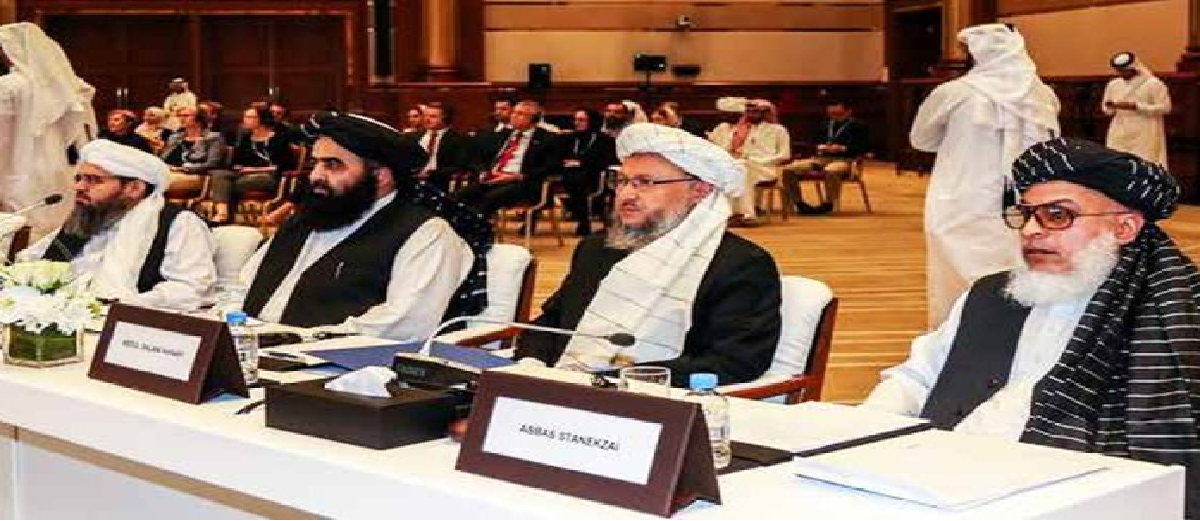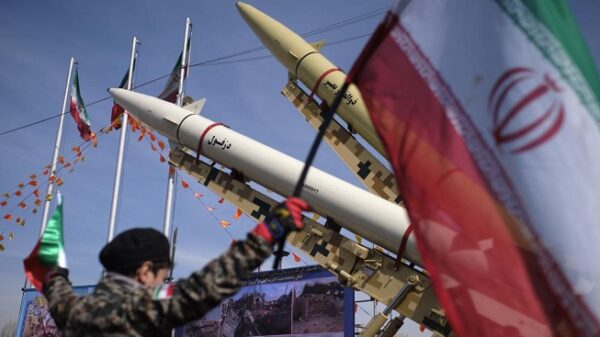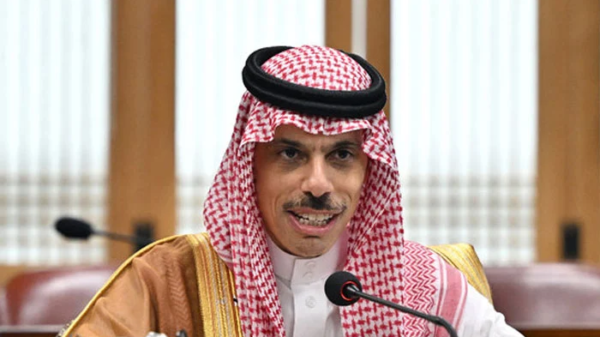The 11th of September 2001, better known as the 9/11, is a date that no one can forget. It marked a new era for the world. Events, happenings, milestones begun to be marked as pre 9/11 and post 9/11. One of the biggest events that the 9/11 triggered was the endless war of the United States: the Afghanistan War.
The war began in 2001, immediately after the 9/11 attacks. It progressed in three phases. In the first phase, the Taliban government was overthrown by the US troops in collaboration with Northern Alliance in just two months.
The second phase started in 2002 and ended in 2008. During this time, the US strategized to defeat the Taliban militarily, and reconstructed the core institutions of the Afghan state like the Afghan police, military, revenue, and other departments along with reconstruction of government offices.
The third phase was started by the Obama administration in 2008. President Obama ordered to deploy more US military troops in Afghanistan to protect the population from Taliban attacks. Another motive behind the increased number of troops was to support efforts to reintegrate insurgents into Afghan society.
This strategy came with a scheduled withdrawal of the US forces from the region. It was planned in the beginning of 2011 that security responsibilities would be slowly handed over to the Afghan military and police.
However, this failed to achieve its aims. Insurgent attacks and civilian deaths remained persistently high. Afghan police and military were unable to hold off the Taliban attacks due to lack of training, amongst other factors. By the time the US and NATO combat mission ended, Afghanistan War had become the longest war fought by US over a period of 13 years.
As far as financial costs are concerned, US has spent around USD 978 billion through the fiscal year 2020 on Afghan war. The number grows even more when base budgets for the Department of Defence (DOD) and the Department of Veterans Affairs (VA) are considered. The budget for DOD increased by approximately USD 343 billion from fiscal year 2000 to USD 633 billion for fiscal year 2020. Likewise, VA’s budget has increased by more than USD 175 billion in the same time period. This makes a total of around USD 2 trillion that the United States has spent on their longest fought war.
Presently, conventional war may not be ongoing in Afghanistan, but US troops are still present in the region. US claims to be present in order to ensure peace and stability, which might be at risk once it leaves. After Donald Trump was elected as the President of United States in 2016 marking the end of the Obama era, a new set of policies was put in place to withdraw the US troops from Afghanistan.
In 2017, Trump announced that even though his original intent was to pull US troops out of Afghanistan, he would press ahead with an open-ended military commitment to prevent the emergence of “a vacuum for terrorists”. However, in 2019, peace talks between the Afghan Taliban, and Trump administration began.
After many ups and downs, in February 2020, the US and Taliban signed a deal to pave the way for a significant drawdown of US troops in Afghanistan by 1 May 2021. The deal also guaranteed that the Taliban would not conduct terrorist activities in Afghanistan.
In September 2020, the process of intra-Afghan peace talks began. The main aim of these talks between the Taliban and Afghan government was to reach a compromise and decide what the future of Afghanistan would look like once the US troops pull back.
In November 2020, the Democrat Joe Biden was elected to the presidency to replace the Republican Trump. On 14 April 2021, Biden announced that the United States would not meet the deadline set under the US-Taliban agreement to withdraw all troops by 1 May 2021. Instead, he released a plan saying that a full US withdrawal would take place by 11 September 2021.
The President made clear the remaining 3,500 troops would be withdrawn, regardless of the progress of intra-Afghan peace talks. NATO troops would also leave the region. On the other hand, the Taliban have announced they would not come on any negotiating table until and unless all foreign forces leave Afghanistan.
Joe Biden, who was previously predicted to be against complete US withdrawal from Afghanistan, is now also in favour of it, regardless of how intra-Afghan peace talks conclude. This practice appears to be very similar to the Russian invasion in Afghani- stan from 1979 to 1989.
Russia, too left Afghanistan on its own, and abandoned it completely. This resulted in civil war and major security disruptions in the region which cost more than the actual war itself.
Three questions arise at this stage now: What will happen to Afghanistan’s neighboring countries, once US completely withdraws? What will happen if Afghan Taliban and Afghan government fail to reach a peaceful agreement? How will the situation in Afghanistan impact Pakistan?
A big chunk of Pakistanis believes that once US leaves the region, terrorist organizations like al-Qaeda, Daish etc. will take over Afghanistan, bringing instability to the region. The neighboured, especially Pakistan, incurred heavy losses by the previous Russian withdrawal from the region and the civil war that followed. Pakistanis worry that a similar civil war will break out again, to the benefit of none and detriment of all.
It is felt that in order to avoid the potential catastrophes, the US as the global leader, must take appropriate steps to ensure that peace, security, and stability prevail in the region after the withdrawal of Western troops. The intra-Afghan talks must be aided with the required resources for a smooth withdrawal of foreign troops, as well as a peaceful situation afterwards.
With the ongoing global pandemic, the last thing that the world needs is another war. Unfortunately, a devastating result can be predicted as the US flees from Afghanistan, just like Russia did as the Soviet invasion came to an end. If the US leaves without a concrete set of guidelines to govern Afghanistan, the country is likely to once again devolve into chaos just like it happened at the end of 20th century.
The question this begs is, what did US achieve after fighting for twenty years and spending USD 2 trillion? Had this amount been spent on building institutions and strengthening Afghan military instead of guns and bombs, we might have had a different Afghanistan today. Hence, Joe Biden must ensure the safety of the region, before pulling back all US and NATO troops.
This is the least the US can do; the least it owes Afghanistan.










